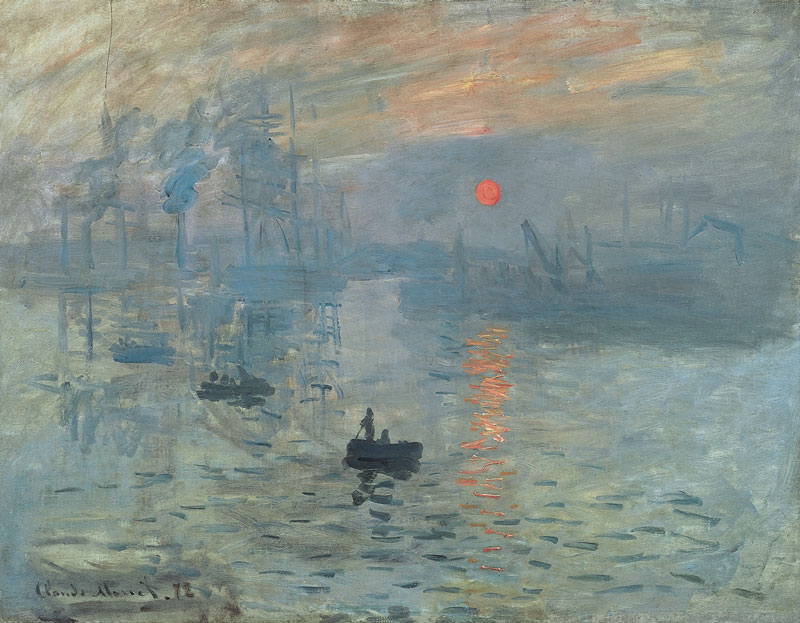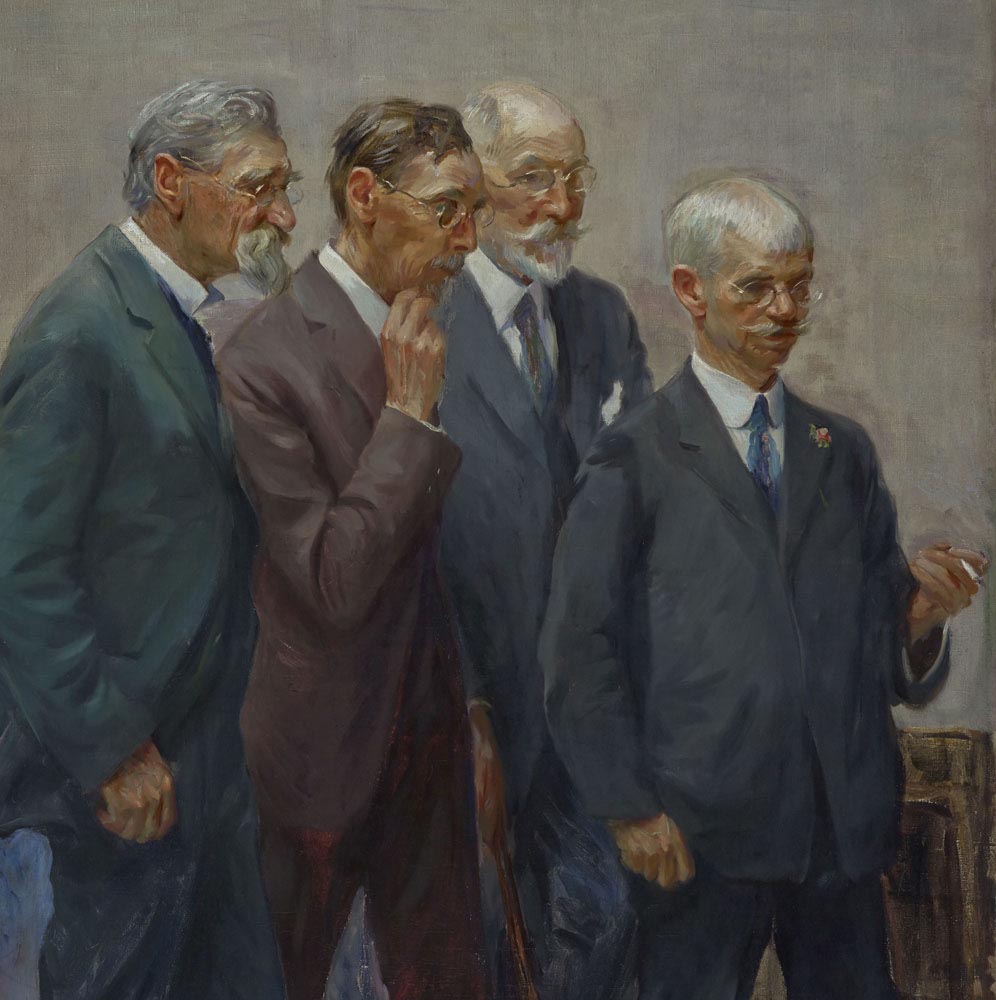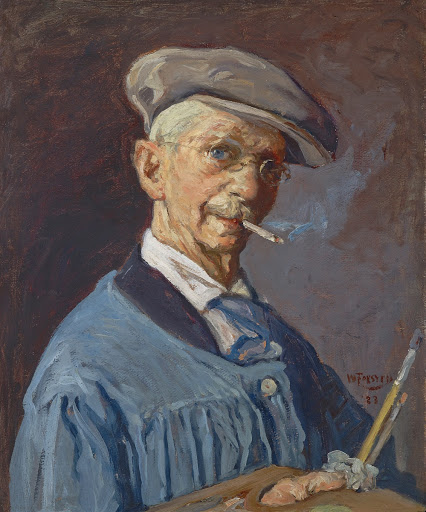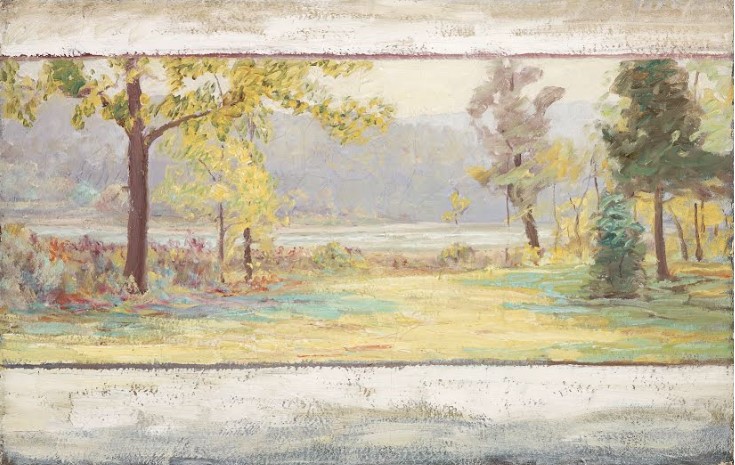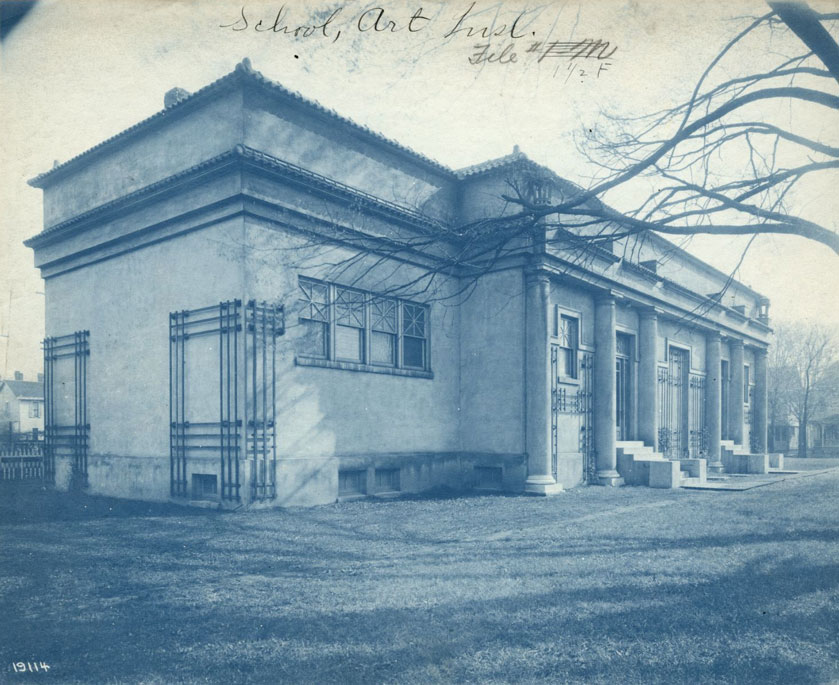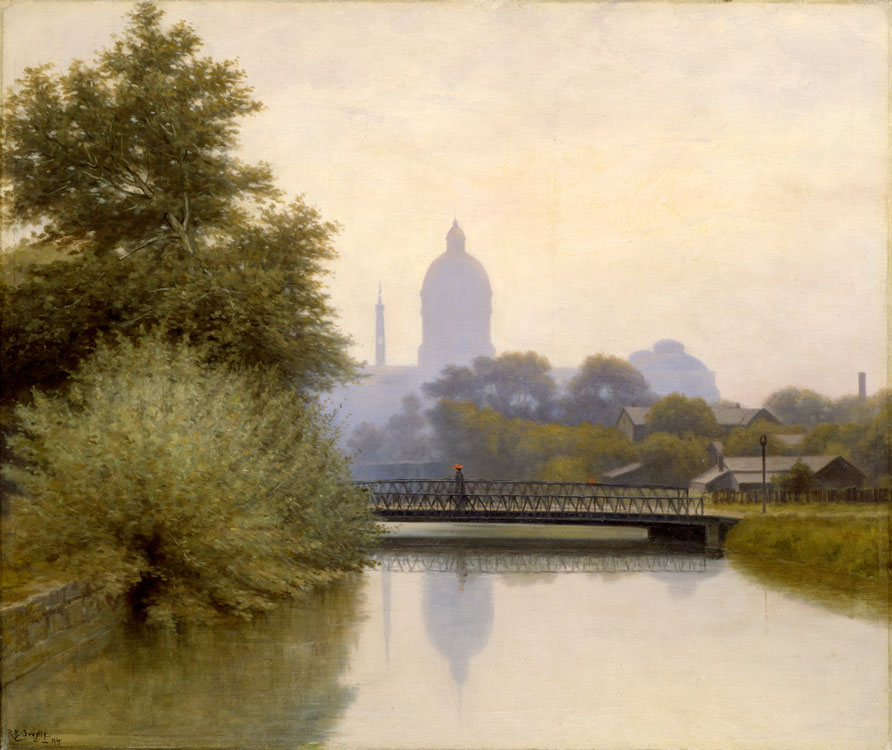Otto Stark
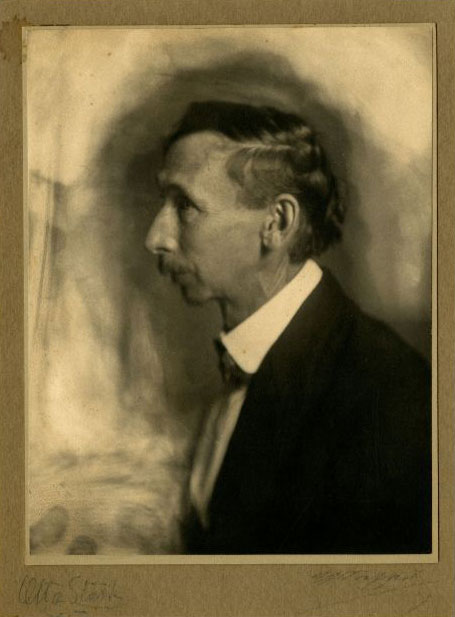
From the collection of the Indiana State Museum and Historic Sites
Otto Stark was born in Indianapolis to a family of craftsmen. His father was a cabinetmaker, and his grandfather built wagons. Their fine woodworking skills inspired young Stark to become an organ builder. He began an apprenticeship, but it was cut short after an accident left him injured.
By the time Stark healed, his interests had shifted to lithography (a form of printmaking). His family sent him to live with his aunt and uncle in Cincinnati in 1875 to apprentice with a lithographer. While continuing his lithography work during the day, Stark began taking night classes. He enrolled at the School of Design of the University of Cincinnati and took courses in painting, drawing, sculpture, and design.
In 1879, Stark moved to New York City to further his artistic training, while continuing his lithography, design, and illustration work to support himself. He took classes at the Art Students’ League, where Indiana native William Merritt Chase was an influential painting teacher, and began exhibiting his work.
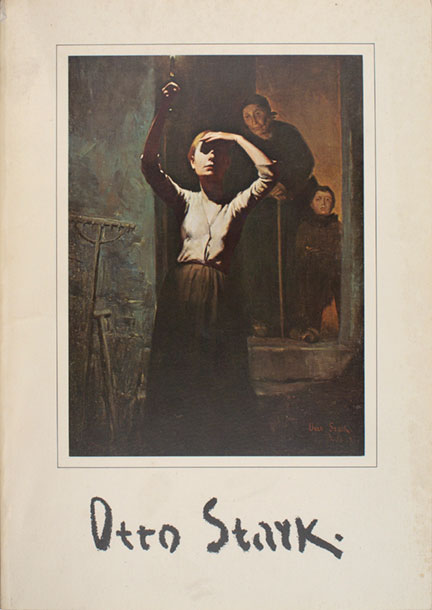
From the collection of the Indiana State Museum and Historic Sites
After six years in New York, Stark was ready for more intensive study and chose the Académie Julian in Paris, France (1885). There he mastered traditional methods within the walls of the academy while also studying with well-known instructors and French painters of the era, Gustave Boulanger and Jules Lefebvre, in their own studio. Stark’s formal and informal education proved successful when his Que Vient? (Who Comes?) was selected for the Paris Salon, the country’s premier art exhibition. While in France, Stark met Marie Nitschelm, whom he married on December 15, 1886.
His training complete, Stark and his family left Paris in 1889 for New York City. He took on work doing commercial art and illustrations for various journals, while continuing to paint and exhibit his work on the side.
The Stark family moved once again in 1890 to Philadelphia, where he continued working in commercial art. In 1891, Marie passed away, leaving Stark to care for their four children. Dealing with his grief, Stark made the decision to leave his children in the care of his family in Indianapolis. In the meantime, Stark worked as a lithographer in nearby Cincinnati. By 1893, Stark had moved back to Indianapolis to be with his children.
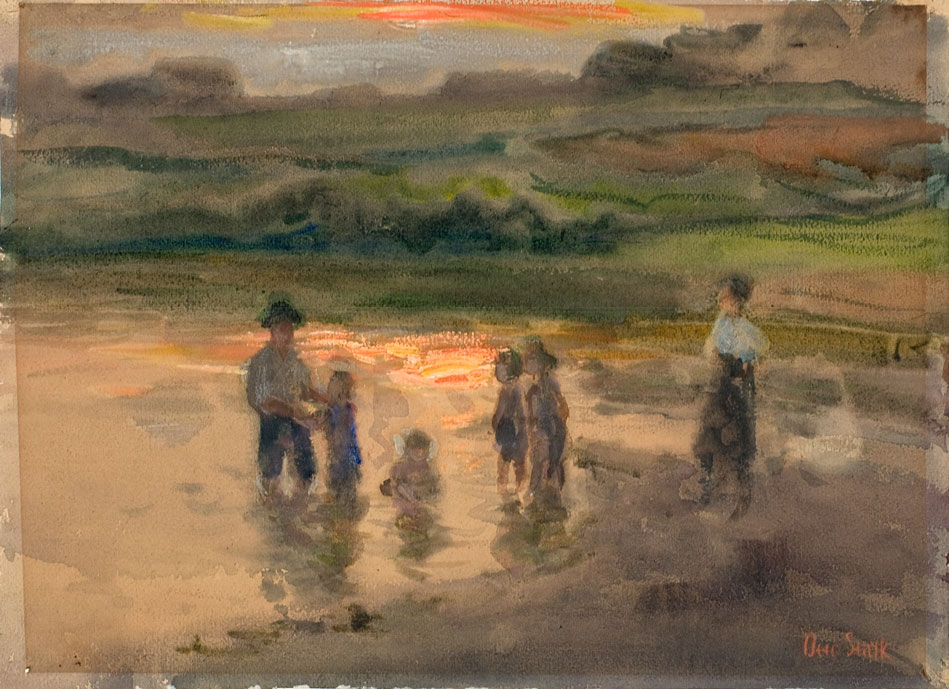
From the collection of the Indiana State Museum and Historic Sites
Ready to start afresh, Stark opened a studio in 1894 on East Market Street where he painted, exhibited his work, and taught classes. He always set aside class time to have his students work outside, often on the grounds of what is now Arsenal Tech High School. In November of that year, Stark contributed 23 paintings to the Exhibit of Summer work of T. C. Steele, William Forsyth, R. B. Gruelle, and Otto Stark at the Denison Hotel, which led to the Chicago exhibition, “Five Hoosier Painters.” These artists became known as the Hoosier Group.
Throughout the late 1890s and early 1900s, Stark kept busy. He wrote a treatise on “The Evolution of Impressionism” (1895), sold a painting to the Art Association of Indianapolis, joined the Society of Western Artists (1897), and exhibited at the Trans-Mississippi and International Exhibition at Omaha, Nebraska (1898). He also exhibited with T. C. Steele, William Forsyth, and J. Ottis Adams at the 1904 Louisiana Purchase Exhibition in St. Louis.
In 1899 Stark became the supervisor of art at Manual Training High School. He brought a new method of teaching art to the school by encouraging students to practice art through their individual expressions in different mediums. Stark increased his teaching load in 1905, adding a part-time role at the John Herron Art Institute.
During the 1910s, Stark continued his rigorous teaching schedule and exhibitions such as the 1910 International Exhibition at Buenos Aires, Argentina, and Santiago, Chile, along with Adams, Forsyth, and Steele.
In 1913, the Parent-Teachers Club of Indianapolis Public School No. 60 asked Stark to paint two murals in the school. The State Board of Education appointed him to oversee the 1915 Panama-Pacific International Exhibition in San Francisco, California.

Courtesy of Harry H. Coburn photograph collection, Rare Books and Manuscripts, Indiana State Library
With Forsyth and other Indiana artists, Stark painted posters to advertise for the 1917 American Red Cross fundraising campaign. A year later, he was part of a group of artists that painted the War Chest signboard on Monument Circle.
By 1919, Stark was ready to stop teaching and focus on his own art. He retired from both Manual and Herron.



